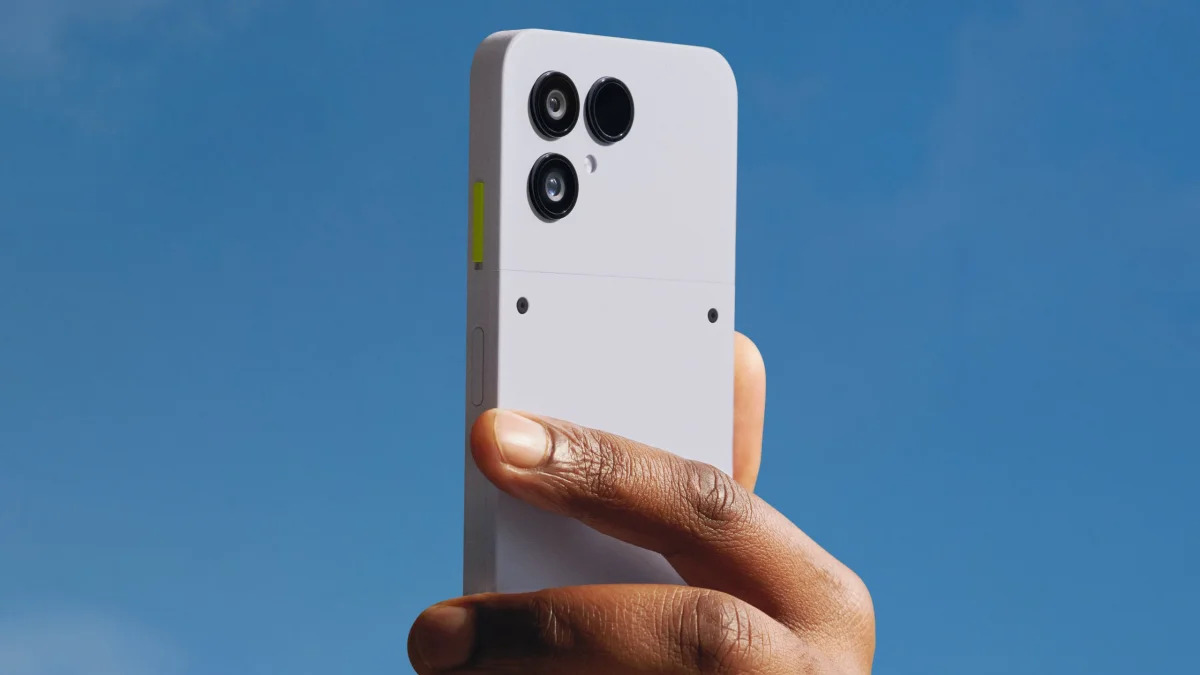Fairphone has officially unveiled its latest eco-friendly flagship, the Fairphone 6 (known formally as ‘The Fairphone’), and while the device is more modular, more repairable, and quite frankly more Fairphone than ever before, from a design standpoint, it certainly looks a lot more conventional than its predecessors.
I say that as a compliment. With this new model, Fairphone has done away with the rounded sides of the Fairphone 4 and Fairphone 5 and replaced them with flat sides à la the iPhone 16e and Samsung Galaxy S25. The three-lens camera array remains, but these lenses now sit independently of a physical module, not unlike the lenses on – you guessed it! – the iPhone 16e and Samsung Galaxy S25.
Now, I’m not suggesting that Fairphone has copied anyone’s homework here – for one thing, Apple and Samsung don’t have a monopoly on flat sides and floating camera lenses. But I think Fairphone has done the right thing by leaning into a safer, more grown-up aesthetic with the Fairphone 6.
I write this piece as an iPhone fan. I like the clean, industrial look of Apple’s iPhones – or more specifically, the iPhone 4, iPhone 5, and everything after the iPhone 12 – and I recently praised Google for leaning into the iPhone aesthetic with the Google Pixel 9 Pro, which is by all accounts the best Pixel phone to date.
Yes, design is subjective, and we know that certain types of consumers find this ongoing trend of smartphone design conformity boring. But the numbers don’t lie. If iPhones are the most popular phones in the world, it makes sense for rival manufacturers to make their phones more iPhone-like. Heck, Samsung did it with the Galaxy S24, and that phone went on to sell better than the Galaxy S23.
As a company, Fairphone’s USP is its sustainable approach to smartphone manufacturing, and its products are designed to last longer than those from rival brands. But sustainability comes at a cost for both maker and buyer.
£499 (around $680 / AU$1,049) for the Fairphone 6 is already a tough sell when the best cheap phones are more enticing options than ever. So, I can understand why Fairphone has pivoted to a more familiar, run-of-the-mill, but arguably more premium-looking design with its latest handset.
In doing so, the company has made the Fairphone 6 more appealing to me as an iPhone fan. I’m not saying I or others will now ditch their iPhones for Fairphones, but the Fairphone 6 now has a selling point that its arguably cheaper-looking predecessors didn’t.
This all feeds into Fairphone’s hopes of being thought of as a bona fide electronics manufacturer, rather than just as a torchbearer for sustainability. As the company’s Fairphone’s chief impact officer, Monique Lempers, told TechRadar in an exclusive interview earlier this year: “We want to stress to the broader public, beyond the person that [usually] chooses to buy a sustainable product, that we simply have really good products. So, [Fairphone] is not uniquely for the person that wants to buy sustainably, it is actually for a broader audience.”
“What I want people to see is that Fairphone is a European electronics company that brings great products to the market, to people who want to get the most value out of their product,” Lempers concluded.
It’s clear, then, that Fairphone hopes to tap into a market that goes “beyond” its existing fanbase, and I think the Fairphone 6 – with its familiar, iPhone-like design – could be the product that helps the company do just that.
Read the full article here













